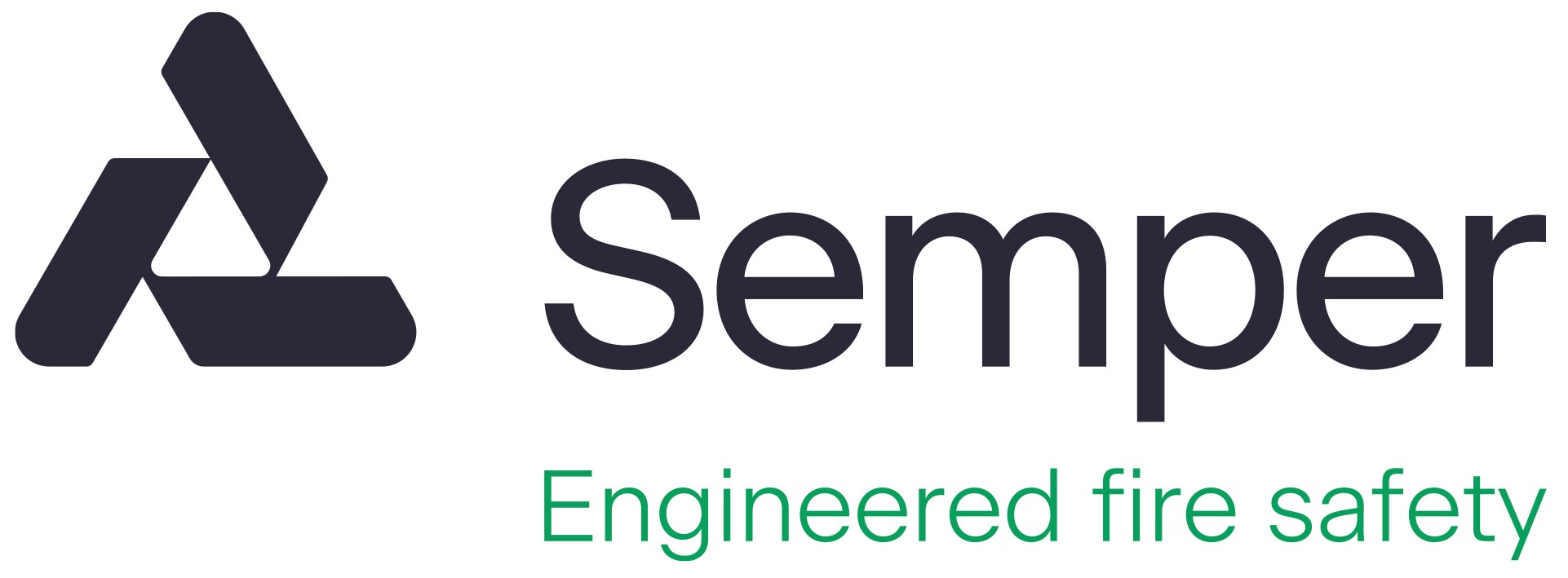Fire Safety Design of Open Plan Timber Compartments
Project Description
This project aims to address some of the most pressing fire safety issues that are associated with the increased adoption of mass timber in our built environment. The project expects to generate new knowledge in the areas of fire dynamics in open plan timber compartments, in the exposure to facades and to adjacent buildings as a result of fires in open plan timber compartments, and in the load bearing capacity of long span hybrid timber flooring systems in fire. This will be achieved by conducting a multi-scale experimental study of ignition and flame spread of timber ceilings, culminating in a series of medium scale timber compartment fire tests. Expected outcomes include refined methods and improved techniques for the performance-based design of timber structures in fire. This should provide significant benefits including increased confidence in fire safety outcomes of timber buildings as well as reduced approval risk associated with the architectural expression of timber in open plan compartments.
SURVEY – Have your say: Topology Matrix
– please complete survey, see: https://tinyurl.com/5ay4h8xy
Objectives
- Phenomena governing the fire dynamics in open plan timber compartments. The objective is to study the burning behaviour and to determine critical heat flux for ignition of timber in a ceiling configuration.
• The research will comprise of bench and intermediate scale testing methodologies, which have already been piloted at the University of Queensland
• The outputs from objective 1 will serve as design variables in a methodology for incorporation of fire dynamics of open plan timber compartments in the fire safety strategy of a building to be developed as part of this work package - Fire performance of long span timber floor systems, with the objective to characterise the potential exposure and impacts from fires in open plan timber compartments to long span timber floor systems for structural design.
• This will work in collaboration with node 1.3 which is developing long span hybrid timber floor systems.
• Objective 2 will draw on the outputs from objective 1 to develop design fire scenarios suitable for structural fire assessment
• These outputs will also contribute to the development of the hybrid timber floor systems proposed in node 1.3. - External and façade exposure arising from fires in timber buildings. To study the exposure to facades and to adjacent buildings as a result of fires in timber buildings.
•This objective will contribute to an improved understanding of the impact of exposed timber on the potential for vertical fire spread and for building-to-building fire spread. This project will rely strongly on the tests to be conducted in objective 4. - Scale tests of open plan compartment fires in timber buildings, to demonstrate scalability of the observations and conclusions in objective 1 above and to provide a source of data for external fire spread problems:
• A series of tests will be conducted at ¼ to ½ scale to demonstrate different behaviours.
Targeted industry focused outcomes
The proposed project aims to deliver the following over the 5-year period of the hub:
- 14 industry co-authored publications (of which 7 journal articles)
- 8 conference presentations
- 2 datasets and data repositories
- Presentation at 4 national and 4 international conferences
- Publication of 3 impact stories
The proposed project adopts a scaled approach to testing for the determination of the performance in fire of timber elements, formalising test methods based on new experimental techniques which have the ability to both set benchmarks for future product development whilst fundamentally informing engineering approaches to enable the adoption of current, as well as new and innovative timber products.
Impact will be measured by delivery of the outcomes listed above. Opportunities will be sought by the project partners for the adoption of project outcomes and conclusions in future engineering work, as well as in design guides, in other industry documents and for dissemination to the fire safety engineering community in Australia and internationally.
Resources
Conference Paper: IGNITION OF A TIMBER CEILING: ANALYSING CONVECTIVE AND RADIATIVE HEATING EFFECTS
Objectives/Deliverables
- Design methodology for open plan timber compartments
- An understanding of the fundamentals of fire in open plan compartments
- Quantification of the boundary condition for hybrid timber elements in fire
- Characterization of the external impacts of fires in open plan compartments
- Large to full scale demonstration tests in support of the above activities
Project Leader/s
David Lange
Project Leader; Chief Investigator
The University of Queensland
Project Staff
Joshua Madden
PhD Candidate
The University of Queensland
Mitchell Lees
Research Assistant
The University of Queensland
Jarrah Will
Research Assistant
The University of Queensland
Hons K. Wyn
Research Fellow
The University of Queensland
Project Investigators
David Lange
Project Leader; Chief Investigator
The University of Queensland
Anwar Orabi
Chief Investigator
The University of Queensland
David Morriset
Chief Investigator
The University of Queensland
David Barber
Affiliate Investigator
Arup
Amanda Quan
Affiliate Investigators
Aurecon
Adam Ervine
Partner Investigator
Bloom Fire Consulting
Benoit Gilbert
Chief Investigator; Project Leader
Griffith University
Ryan Hilditch
Partner Investigator
Halliwell
Edwin Ayala
Affiliate Investigator
Semper
Felix Wiesner
Partner Investigator
The University of British Columbia


